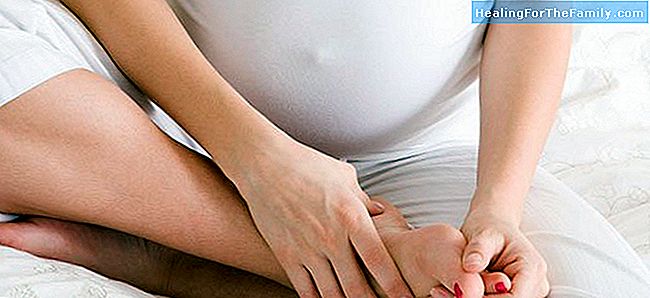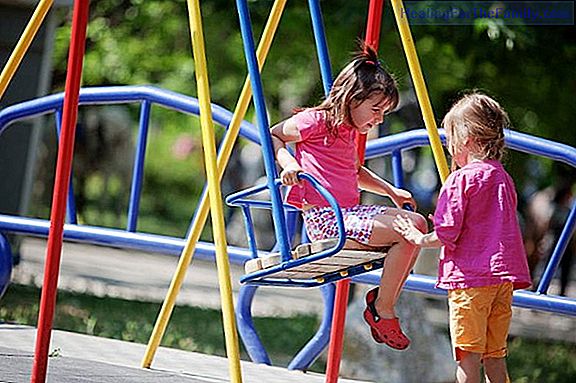The most suitable footwear for the pregnant woman
The most recommended footwear during pregnancy will depend on the physical and hormonal changes that occur during these months. And is that as the pregnancy progresses, there are certain changes such as weight gain and increased lumbar curvature (lumbar hyperlordosis). These two events cause overexe
The most recommended footwear during pregnancy will depend on the physical and hormonal changes that occur during these months. And is that as the pregnancy progresses, there are certain changes such as weight gain and increased lumbar curvature (lumbar hyperlordosis).
These two events cause overexertion in the legs and feet. And as the weight increases, the plantar arch gradually decreases. Another reason for this to happen: the connective tissue gains elasticity during pregnancy thanks to certain hormones, such as relaxin.
Suitable shoes for the pregnant woman

The physical and hormonal changes will produce a change in the axis of gravity of the pregnant woman, which worsens her balance. Therefore, falls during the gestational period are more frequent.
During the first trimester of pregnancy, when most of the bodily changes that occur in the nine months have not yet occurred, the expectant mother can use the shoes she used before conception.
These recommendations are not valid for the second and third trimesters of pregnancy. From the second, the physical changes mentioned above take place: the increase in uterine volume and maternal weight. It is, from this moment, when we must be more careful in the choice of daily footwear.
Wide last and low heel (not flat) in pregnancy, this is the most suitable for the pregnant woman. The most recommended shoe is that comfortable shoe that stabilizes the foot. The use of sandals with small areas of support, or open shoes can promote trips and falls.
A wide-shoe footwear is recommended to increase the support base. In this way we gain some stability and favor balance. In addition, synthetic fabrics whose elasticity is more reduced should be avoided. The natural and semi-synthetic fabrics are preferable with a certain flexibility that allows them to adapt to the shape of the foot. The too rigid tissues will favor the imbalance since there will be areas of compression, small scratches and discomfort that produce an alteration in the support attitude and favor falls.
The recommended heel during the gestational period does not vary with the recommendations for the general population. The height of the ideal heel to maintain a position as ergonomic as possible is between 2 and 4 centimeters. This is the most suitable height that requires a lower muscle tone and ligament to maintain posture.
But this does not mean that at a specific moment, for a celebration or event, a pregnant woman can not use a higher heel. On the other hand, shoes that have a lower heel of 2 centimeters or flat shoes are not recommended, since they favor the lengthening of the Achilles tendon, the possibility of plantar fasciitis and instability.












